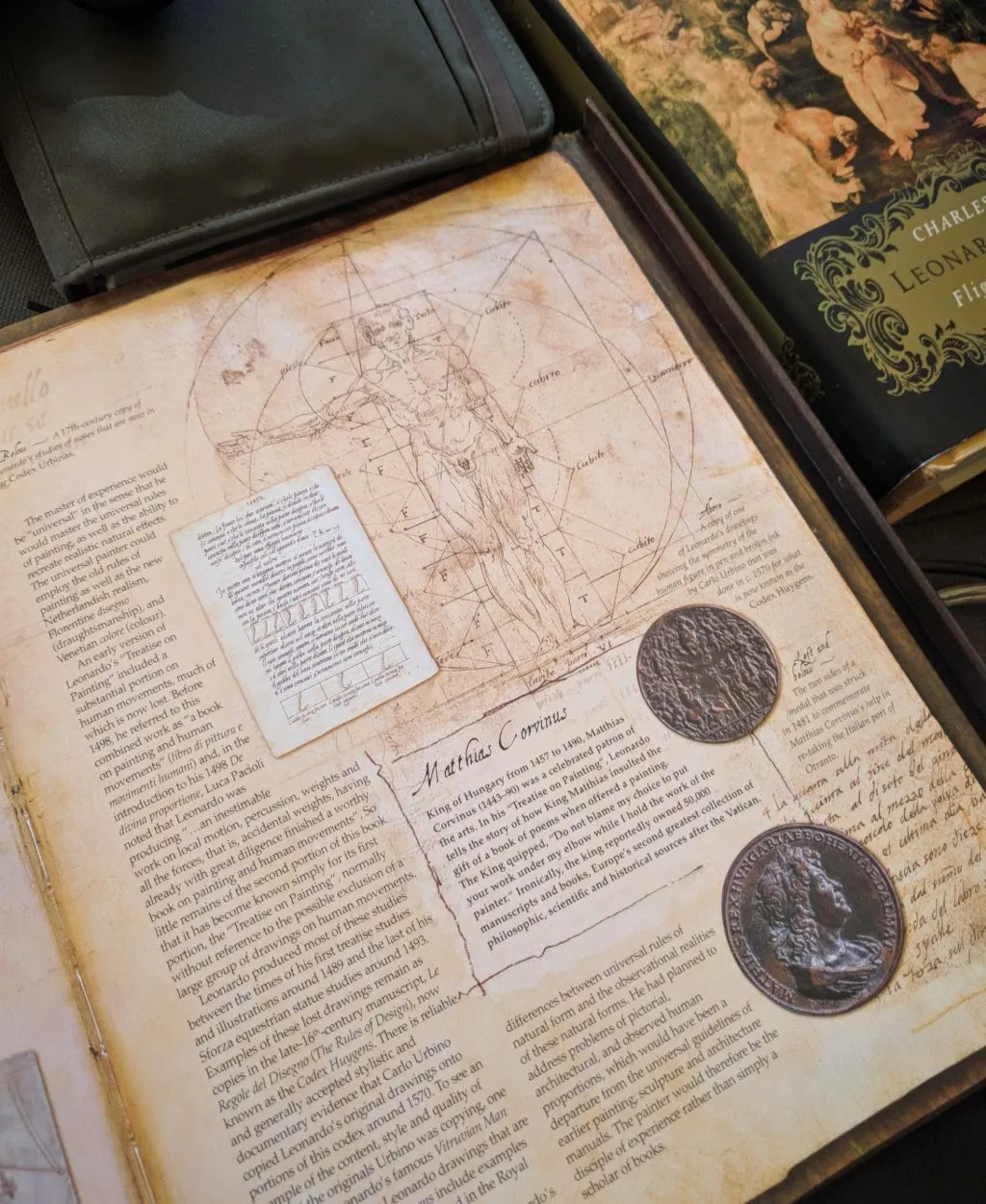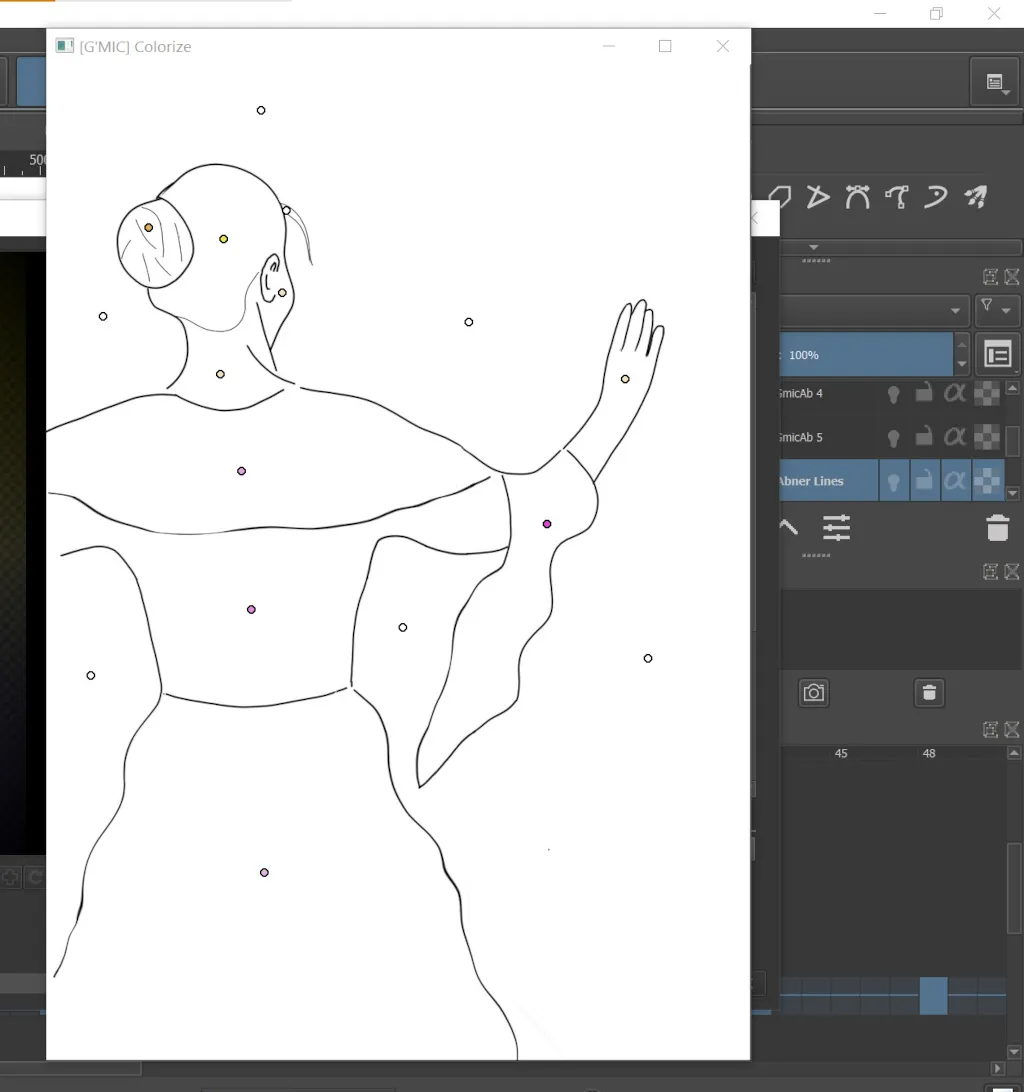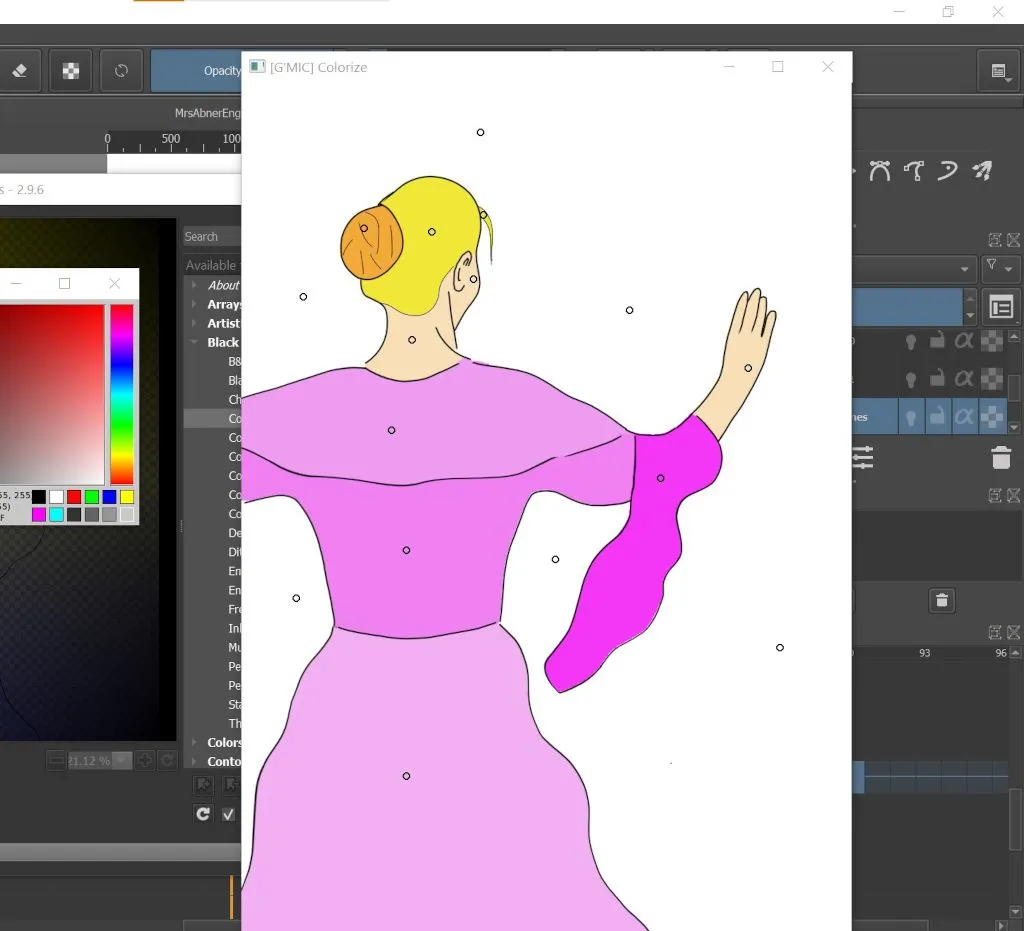I used to think that if painters used anything but a brush, then they were cheating. Imagine my surprise when I found out that celebrated artists used pencils, rulers, and even technology such as the camera obscura (looking at you Vermeer). Imagine my dismay when I found out that some artists like Da Vinci and Andy Warhol didn’t even paint some of their work themselves but had assistants do it for them. Mamma mia!
Da Vinci came up with many ideas that were far ahead of their time. He even went so far as to design and develop automata based on his anatomical studies. His creations were not mere entertainment; the diligence and exactness of his creation leave no doubt that he was aiming for something greater. Through his notebooks, we learn that Leonardo was interested in how the body was put together from a bio-mechanical perspective. As he obsessively inquires
Which tendon causes the motion of the eye, so that the motion of one eye moves the other.
Of frowning.
Of raising and lowering the eyebrows.
Of closing and opening the eyes.
Of flaring nostrils.
Of opening the lips with the teeth shut.
Of pouting with the lips.
Of laughing.
Of astonishment…
Leonardo da Vinci
De figura umana (Of the human figure)

This is a page from Matthew Landrus' Leonardo da Vinci: The Genius, his Work, and the Renaissance. It shows Leonardo's obsession with how the body is put together.
He went so far as to create a 'robot' knight whose body was based on what he had learned in his (sometimes heretical) studies. The knight was ‘programmable’ and could bend its legs, move its arms and hands, turn its head, and even ‘talk’ (Nicholl, 2004). This was no trivial pursuit on the part of Leonardo. He was also interested in ‘the seat of the soul’. He came to believe that the soul resided in a specific area of the brain, the Sensus Communis. As he writes in his notebook,
It seems that the soul resides in this organ…it is not spread throughout the body as many have thought, but is entirely in one part, because if it were all-pervading and the same in every part, there would have been no need to make the organs of the senses converge… The Common Sense is the seat of the soul.
Leonardo Da Vinci
De figura umana (Of the human figure)
It makes me wonder what master Leonardo would have done with his creation if he had been successful in designing an artificial intelligence, as surely was his aim. Perhaps, he would have put the AI to work in his studio in the service of art.
Fast forward to the 21st century, and we now find ourselves at a time when intelligent systems are capable of doing just that- create art, or at least some semblance of it. Some worry that AIs will replace human in every sphere, including art, and those fears are not without merit. We’re not quite there yet, but getting close. I'm more positive in this regard and prefer to think that we'll be able to work with intelligent systems in a symbiotic relationship.
As an example, I’m currently working in an animation for a short story that I wrote a couple of weeks ago. I’m not an animator, but I enjoy tinkering with software, so I’m using Krita to create a short animation based on the story. Unlike a traditional work of art, animation requires that you recreate the same image over and over from different angles and positions. This is done by way of keyframes in software like Krita. As you can imagine, painting the same image over and over is a lot of work. It also requires near-OCD levels of compulsiveness, which is why it's taking me so long to finish it. The software has tools, such as bucket fill and brushes, to facilitate the process. Nevertheless, its a time-consuming task.
Recently, I came across a filter called G’MIC that uses a form of machine learning to get the job done. You simply have to tell the system what colors you want and where by using nodes.

The system interprets the image, along with your intentions based on the nodes, and then it fills the necessary areas with the colors that you specify. It is not perfect and sometimes it makes mistakes, so you have to teach it by adding, deleting, or rearranging the nodes. Then all you have to do is press a key, and the software does the rest. In other words, you and the machine work in tandem to create art. I was surprised just how well it works. Take a look at the following image, which was rendered in just a single try.

Using traditional methods, it would have taken me a long time to do this. But it is mere seconds once you learn how the filter works. This is one keyframe out of many others I have to paint and retouch. I'm getting better at working with the filter. It requires a bit of a readjustment in one's technical and creative process. It also brings into question the location of that boundary where the artist ends and the machine begins.
If you're wondering, the image in question depicts a scene in my story when Mrs. Abner becomes hot and bothered about something she sees. What exactly? Well, stay tuned to find out.
Sources
Landrus, M. 2009. Leonardo da Vinci: The Genius, his Work, and the Renaissance.
Nicholl, C. 2004. Leonardo da Vinci: Flights of the Mind.
